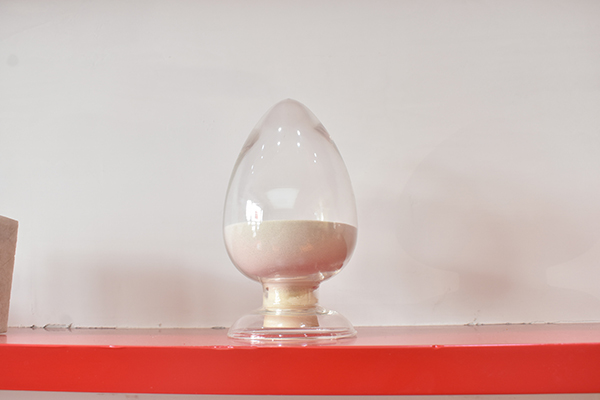The main component of light-burned magnesia is MgO. Magnesium oxide has a special melting point that makes light-burned magnesia balls play a special role in steelmaking. The price of fused magnesia light-burned magnesia balls has many specifications and contents. Mainly 55% magnesium content light burnt magnesia balls, 60% light burnt magnesia balls, 65% light burnt magnesia balls. Light-burned magnesia balls have certain requirements for other small indicators and moisture. According to the content of silica in the light-burned magnesia balls, there is also a saying in the industry that they are called low-silicon light-burned magnesia balls. The content of silicon dioxide in low-silicon light burned magnesia balls is generally below 3%. Different steel grades have different requirements for the content of light burnt magnesia balls and the content of silica. Light burned magnesia
It is used to determine sulfur and pyrite in coal and sulfur and arsenic in steel. Used as a standard for white pigments. Light magnesium oxide is mainly used as a raw material for preparing ceramics, enamels, refractory crucibles and refractory bricks. It is also used as a filler for polishing agents, adhesives and paper, as an accelerator and activator for neoprene and fluororubber. After mixing with magnesium chloride and other solutions, it can be made into magnesium oxide water solution. It is used as an antacid and laxative in medicine for hyperacidity of the stomach and duodenal ulcer. Used as a catalyst in the chemical industry and as a raw material for the manufacture of magnesium salts. It is also used in the manufacture of glazing, dyeing meal, phenolic plastic, etc. Heavy magnesia is used in the rice milling industry for firing, grinding and half-rolling. The construction industry is used in the manufacture of artificial chemical floors, artificial marble heat-proof panels and sound-proof panels, and as fillers in the plastic industry. It can also be used to produce other magnesium salts.
It is made of natural super magnesite ore by flotation purification, light burning, fine grinding, ball pressing, and ultra-high temperature oil shaft kiln calcination. It is a high-quality raw material for making bricks and indeterminate refractories. It is produced by using light-burned magnesia with 97% MgO content as raw material through pressing ball and high-temperature shaft kiln calcination. The product has good sintering degree and dense crystals. It is a high-quality raw material for the production of mid-range magnesia refractory products. It can also be used to manufacture various magnesia bricks, magnesia alumina bricks, ramming materials, and repairing materials. Containing more impurities, it is used to pave the bottom of steelmaking furnaces, etc.
